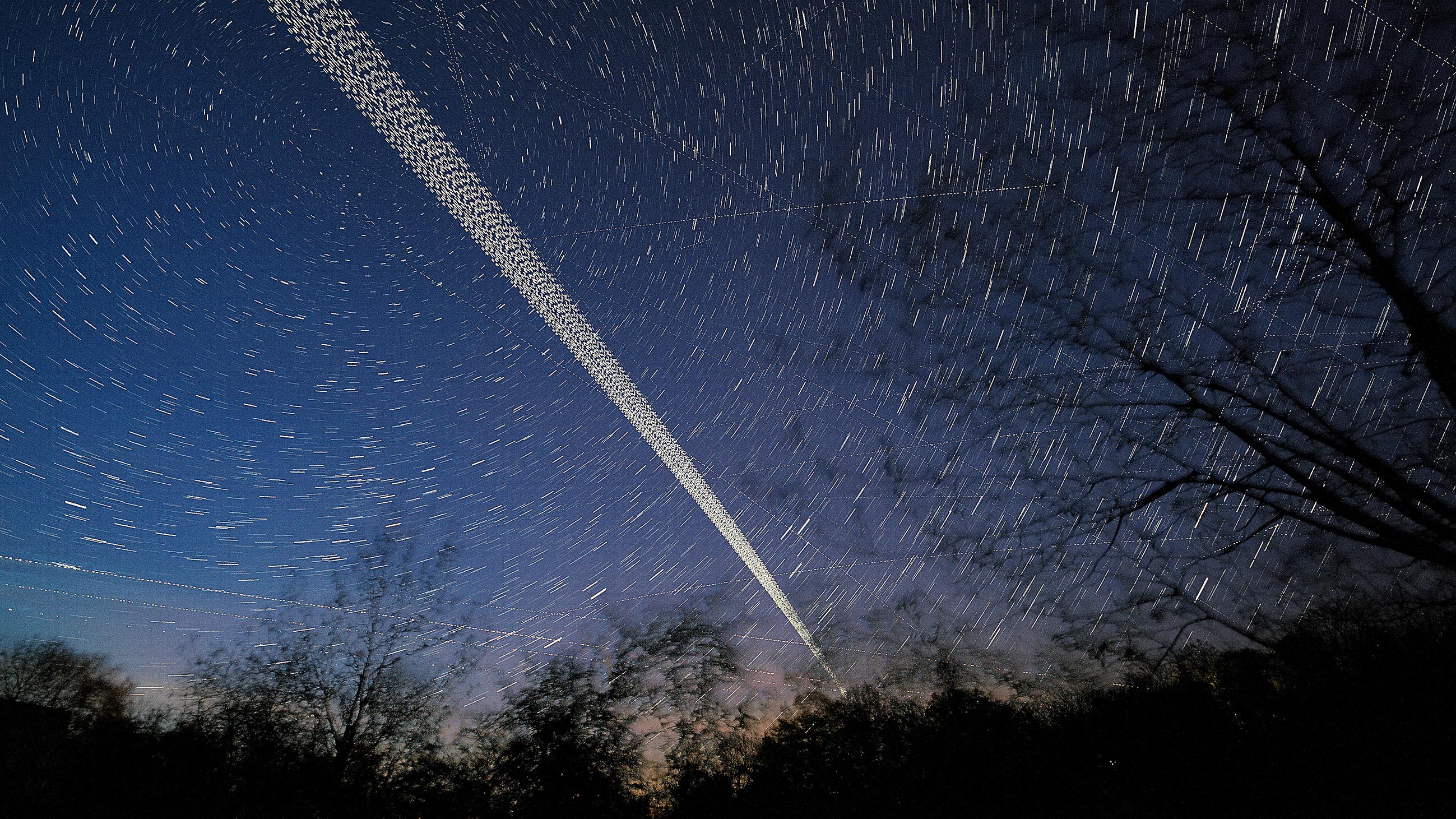The Square Kilometre Array (SKA) in the Karoo is one of the most sensitive scientific instruments on the planet –so sensitive that it could detect a cellphone signal on Pluto. This level of sensitivity makes the SKA and its predecessor, MeerKAT, invaluable for astronomy, but also highly vulnerable to interference.
This fragility has prompted concern as the Independent Communications Authority of South Africa (Icasa) pushes ahead with a proposed new licensing framework for satellite services – a move widely seen as paving the way for Starlink and other low Earth orbit (LEO) mega-constellations to enter the market formally.
Although the potential for expanding internet access is clear, so are the risks. At the centre of the debate are the South African Radio Astronomy Observatory (Sarao) and the South African National Space Agency (Sansa), both of which have warned that the unchecked proliferation of LEO satellites threatens not only the integrity of scientific research, but also the sustainability of South Africa’s space environment.
‘A clear and present risk’
“Given the recent developments in the non-geostationary orbit (GSO) industry and deployment of numerous LEO satellites, there are significant risks to maintaining a favourable radio frequency interference environment for radio astronomy in the Karoo Central Astronomy Advantage Area,” was Sarao’s official response to the regulator on its concerns.
The concern is that the sheer number of LEO satellites – many of which are actively transmitting signals – will create unavoidable interference that could compromise the functionality of the SKA.
Sarao warns that these satellite constellations “can significantly increase the risk of radio frequency interference, jeopardising the highly sensitive SKA receiver equipment and possibly damaging it”.
It described the situation as “a matter of utmost importance” and said “the recent development in the non-GSO services represents a clear and present risk to the future of terrestrial radio astronomy”.
The growing threat overhead
The European Space Agency has also raised concerns about the long-term sustainability of Earth’s orbital environment. “The continued and expanded launch and operation of a large number of non-geostationary satellites in outer space” presents what the International Telecommunication Union has labelled “a risk to the sustainable use of orbits and spectrum”.
One study (“LEO Capacity Modelling for Sustainable Design”, presented at the 2022 Advanced Maui Optical and Space Surveillance Technologies Conference) found that certain second-generation mega-constellations could consume “all, or nearly all, of the carrying capacity in LEO orbits neighbouring those occupied by those constellations”.
These dense traffic lanes increase the risk of collisions – the same risk that resulted in space junk striking the International Space Station’s robotic arm in 2021.
The World Economic Forum’s Global Risks Report 2022 noted that the removal of existing derelict rocket bodies “does not result in a material increase in LEO carrying capacity”. In other words, this is not just a legacy problem, it’s being actively worsened by the size and volume of new satellites being launched.
What this means for you
South Africa has established itself as a significant player in global space research and projects like the SKA and the Prime-focus Infrared Microlensing Experiment telescope position it at the forefront of astronomical sciences.
But the proliferation of LEO satellites such as Starlink and Project Kuiper is a threat to these scientific efforts by potentially interfering with observations and data collection.
A careful path forward
Sarao and Sansa stress the importance of integrating scientific integrity and space sustainability into regulations.
This is supported by Science, Technology and Innovation Minister Blade Nzimande’s emphasis on the strategic value of national space infrastructure, highlighting the R4.47-billion-funded Space Infrastructure Hub as crucial for development.
This investment aims to position space data as “a critical tool for sustainable development” with applications in remote sensing, navigation, environmental monitoring and space sciences.
Icasa must now balance connectivity goals with long-term stewardship of space, ensuring innovation while protecting scientific, environmental and economic systems. DM
This story first appeared in our weekly Daily Maverick 168 newspaper, which is available countrywide for R35.






